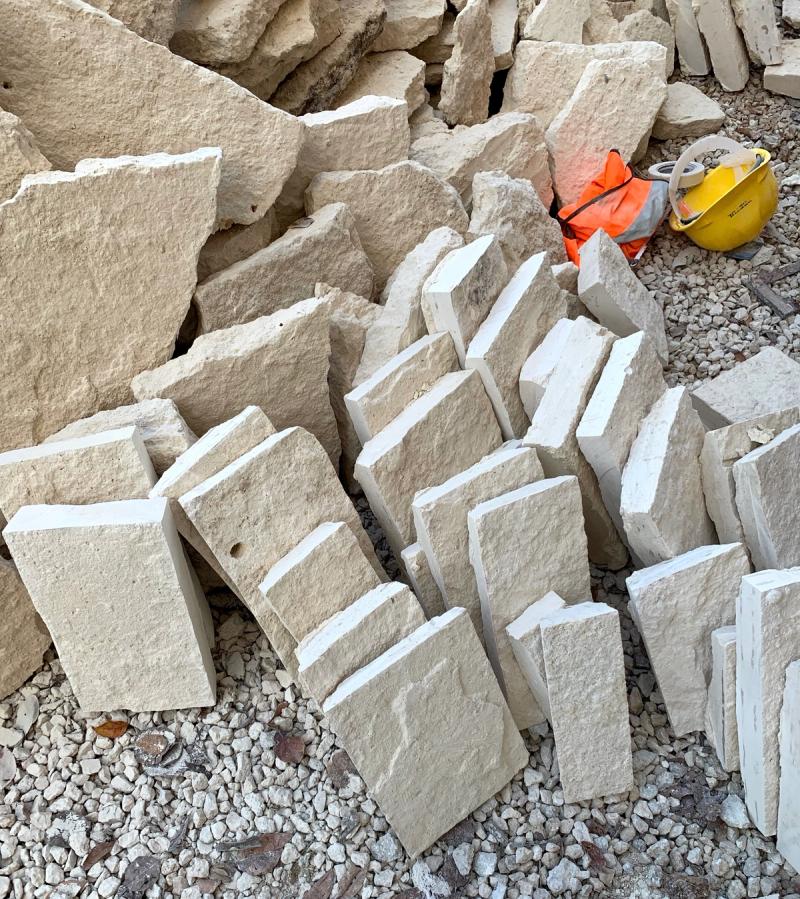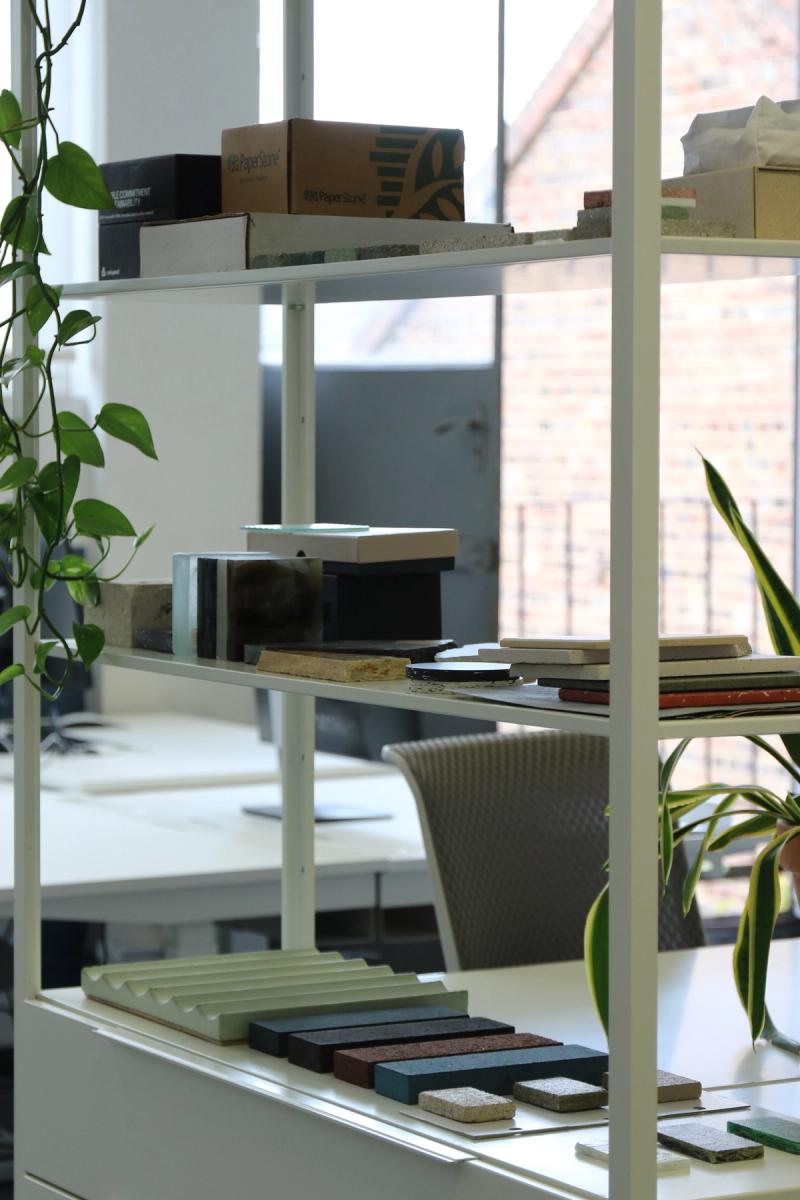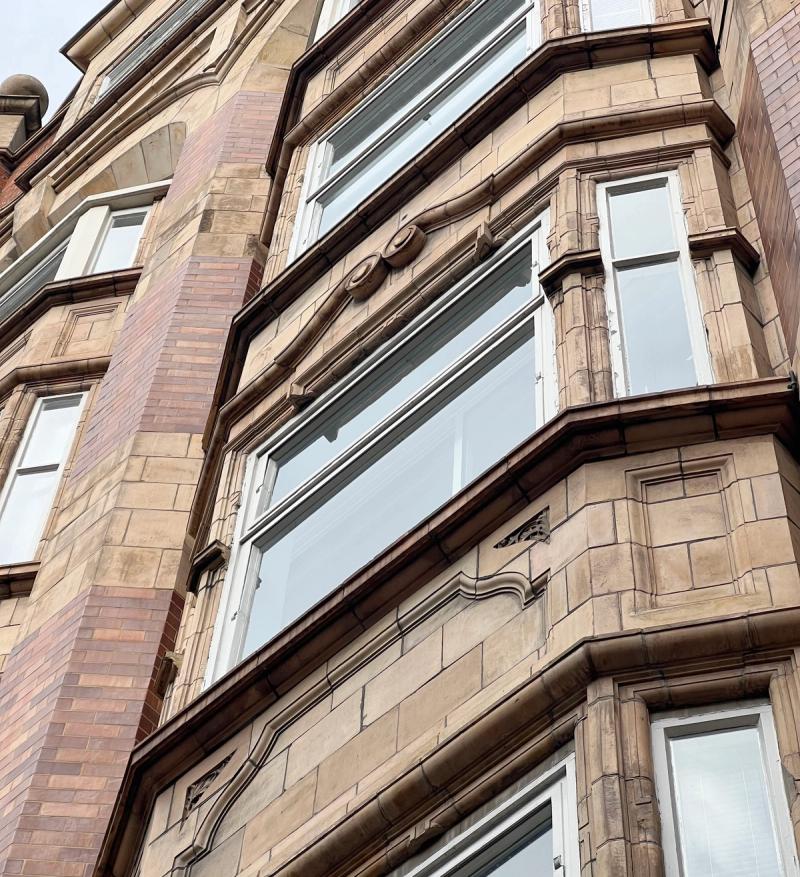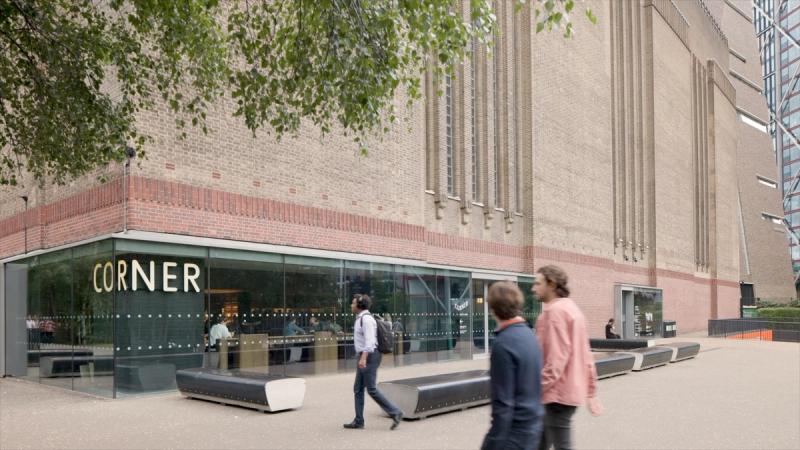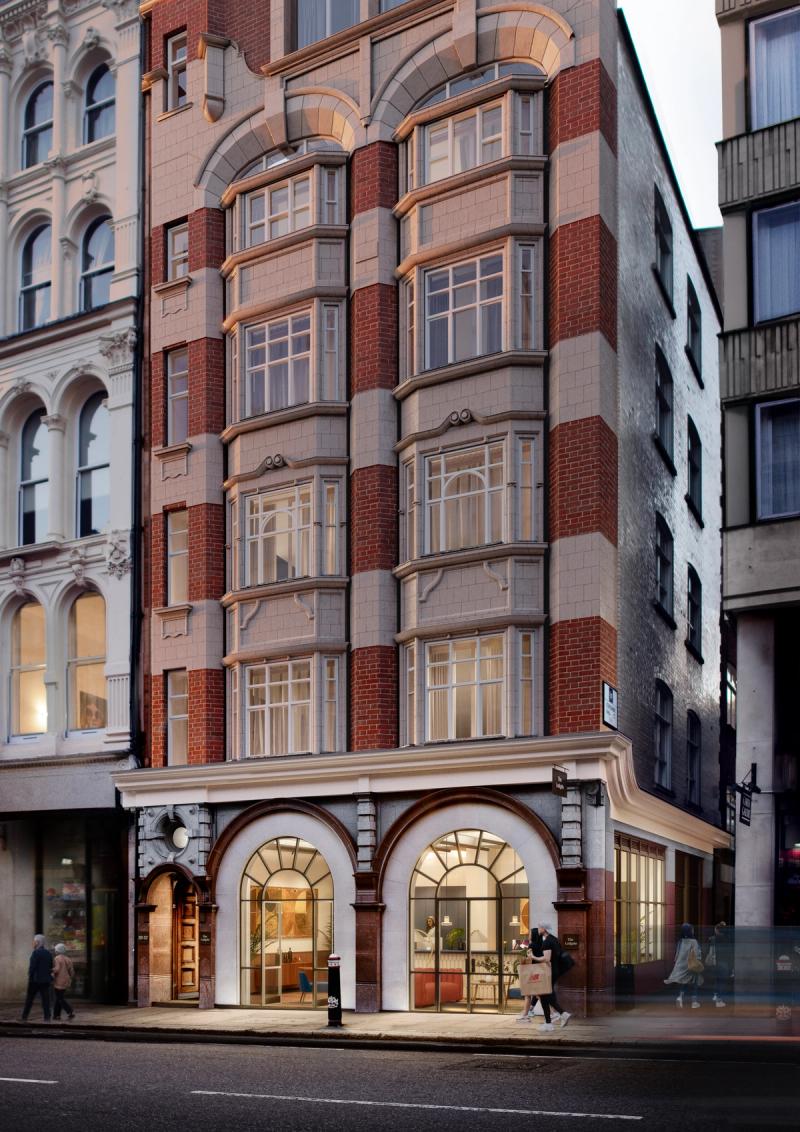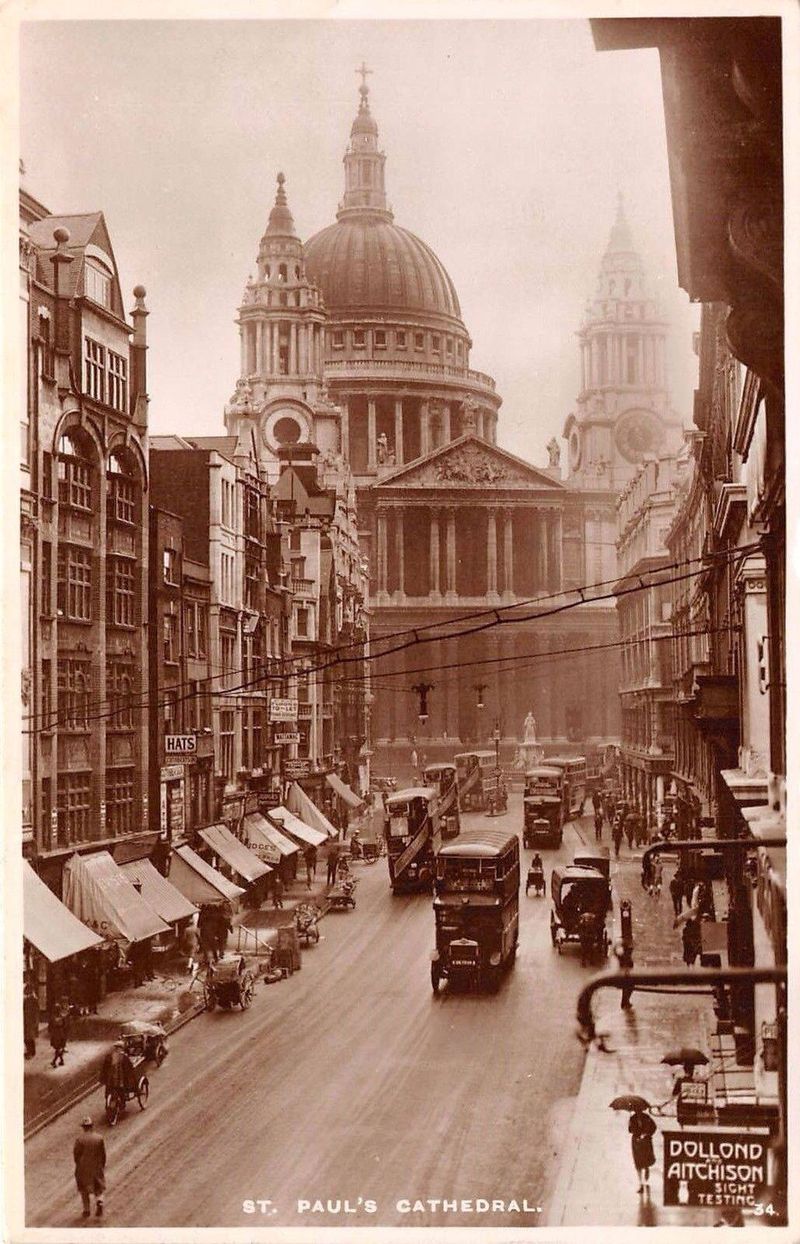Achieving Net Zero Through Retrofitting in the City of London
The City of London, with its blend of historic architecture and modern infrastructure, faces a unique challenge in meeting net zero carbon targets. Retrofitting existing buildings is a crucial strategy, balancing the preservation of heritage with the adoption of cutting-edge technology. This was the ambition at our project on Ludgate Hill for developer HubCap and Bridges Fund Management.
Standards & Regulations
Several standards and regulations guide the pathway to net zero. The UK Green Building Council (UKGBC) sets a framework for achieving net zero carbon in construction and operation. The Building Research Establishment Environmental Assessment Method (BREEAM) provides a robust method for assessing buildings. Additionally, the London Plan includes policies specifically aimed at reducing carbon emissions from the built environment.




